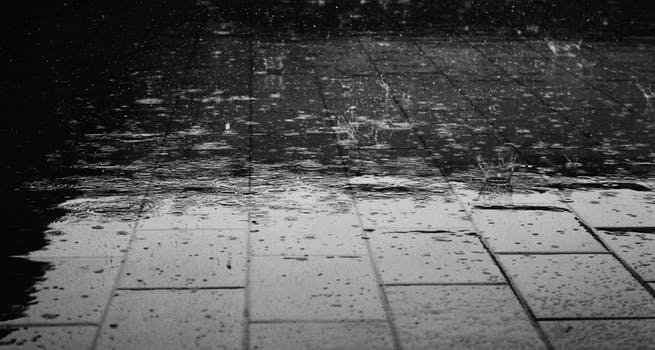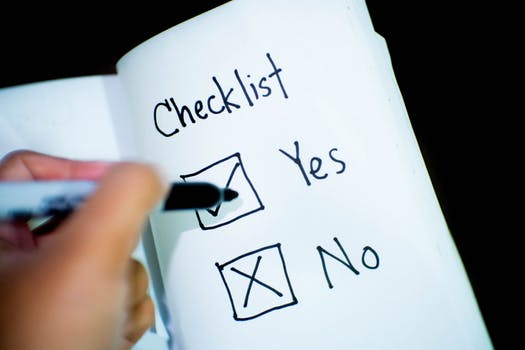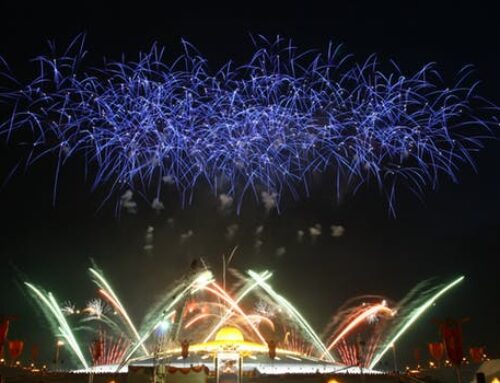As of September 11, 2017, more than 270,000 people were without power in the Carolinas because of the strong winds from what remained of Hurricane Irma. Gusts were still blowing up to 40 to 45 miles per hour, with trees, limbs and power lines being blown onto Charlotte roads – and roofs didn’t escape damage, either.
In storms as significant as the one we’ve just experienced, roof damage can easily occur when debris is carried by the wind onto your roof. Trees and their limbs are one of the most common forms of debris, but this can also include glass shards, trash and other objects carried off by the wind. Sometimes, the debris landing on your roof causes more damage than the wind itself.
Wind Damage to Roof Shingles and More

Even without flying debris, wind can damage your roof, with certain areas more susceptible to high wind. It’s more likely, for example, that wind will damage the perimeter of your roof more – and the center of your roof less – since most wind damage starts along the edges of your roof. But, when the roofing material starts to loosen at the edges, it’s more likely that the next strong wind will continue the damage in a domino-like effect. And, it just isn’t possible to protect your roof from exposure to the wind because one of your roof’s main jobs is to protect you and your family, and your belongings, from bad weather.
So, what do you do?
Quality roofs are built to resist typical winds, but nobody is calling the winds associated with Hurricane Irma “typical.” So, addressing wind damage now, such as replacing damaged shingles and repairing areas where roofing material has loosened is important to protect your biggest investment: your home.
Post-Wind Roof Inspection

Owens Corning provides a great storm damage checklist that we’ll summarize here. And, we’ll start with the end of their checklist, because we know how tempting it is to want to assess damage after a significant storm. Owens Corning writes, “We recommend that you do not attempt to climb up on your roof. Especially after a storm, the roof structure may be weakened and shingles may be slippery. If you suspect roof damage, call a professional contractor you can trust to assist you with your assessment.”
Instead, walk the perimeter of your home and photograph any damage you see. The more obvious signs “include dented, torn, curled or missing shingles.” Dents in your gutters and/or roof vents are another sign of potential, perhaps hidden, roof damage. If there are leaks in your attic and/or ceilings, this suggests roof damage that you perhaps can’t readily see from the ground.
Wind Damage Roof Repair

Camden Roofing is a member of the Owens Corning Roofing Platinum Preferred Contractor Network, which means that our work is fully backed by Owens Corning because we have passed all of their training and requirements, and have positive professional customer references and a company-wide safety plan. This also means that we adhere to all local legal requirements for insurance and licensing.
If you need a Charlotte roofing contractor or a Raleigh roofing contractor, contact us online or call 704-858-2141 today. Unsure of the damage that Hurricane Irma’s winds did to your roof? Be proactive and let us inspect it for damage.





